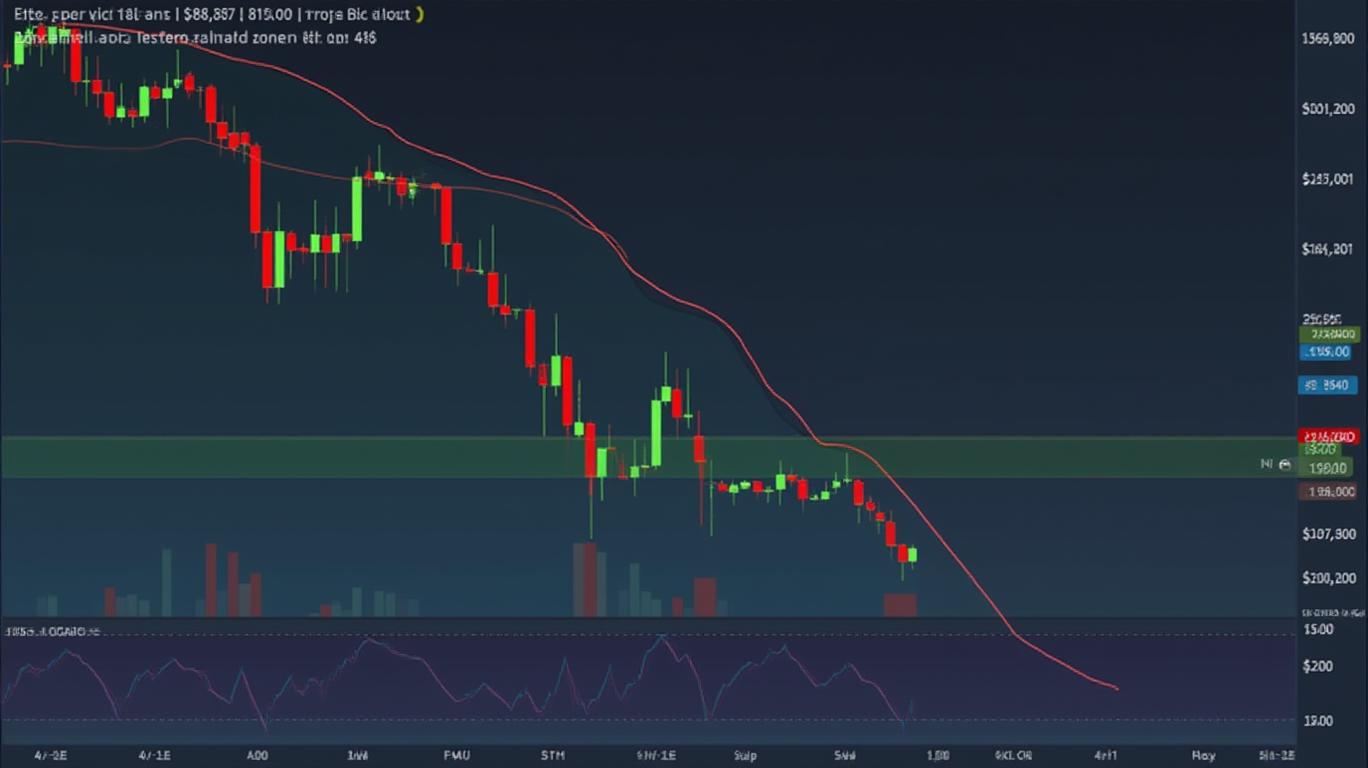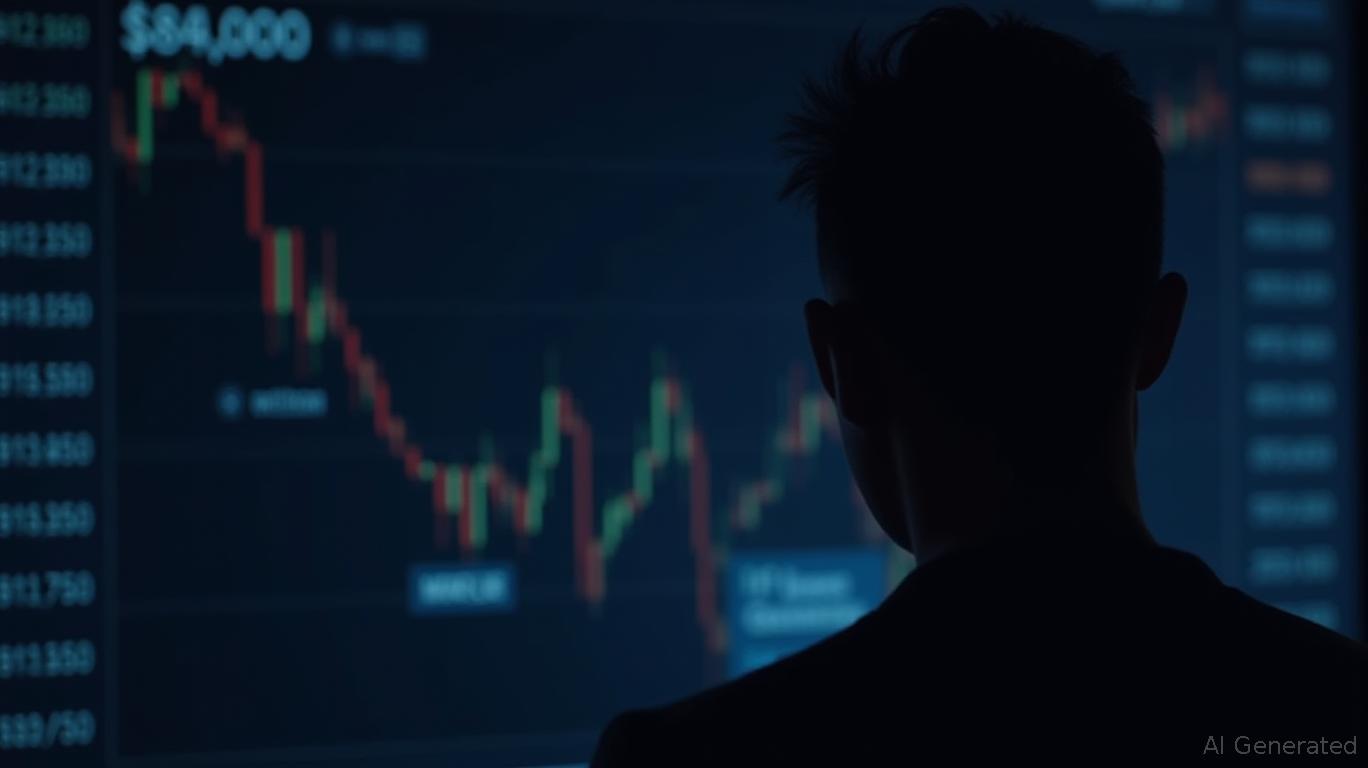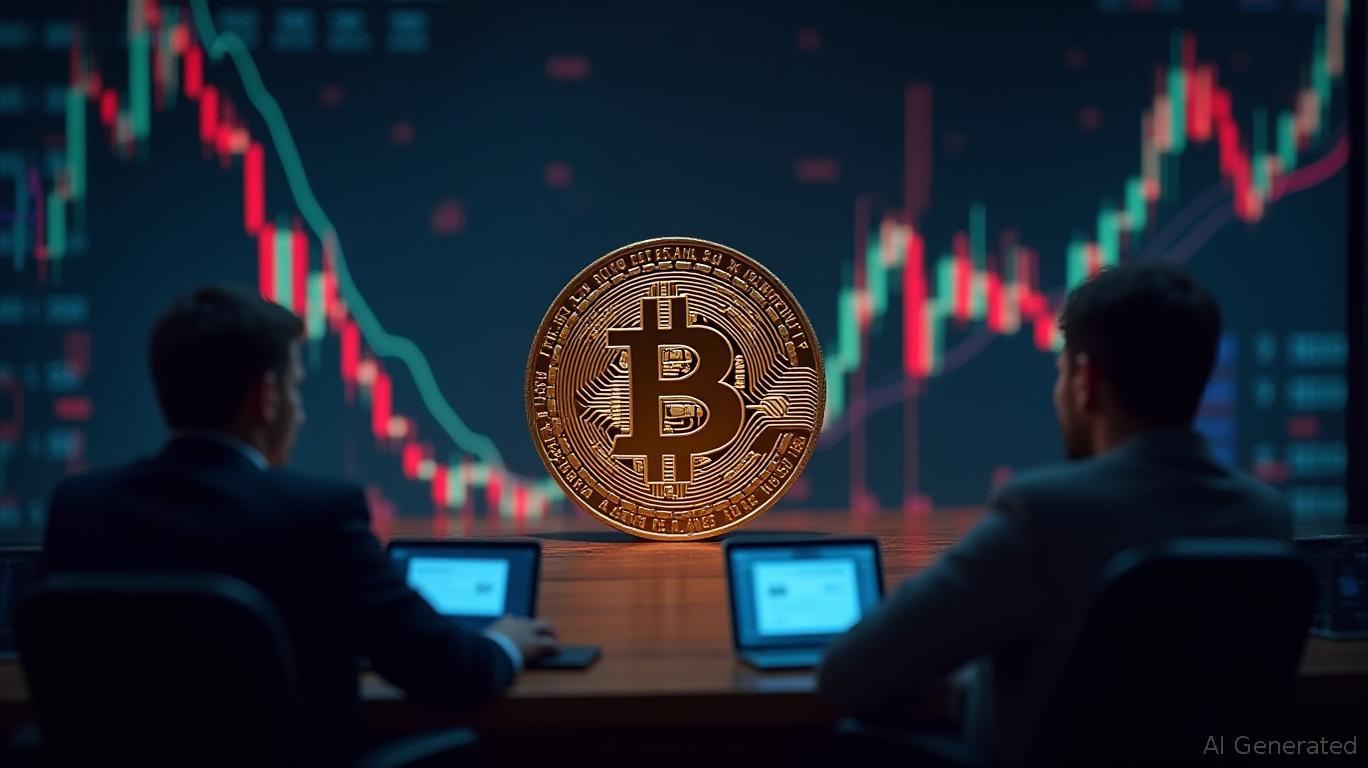Bitcoin’s Crucial $88.8K Support and XRP’s Death Cross: A Technical Deep Dive
Bitcoin (BTC) and XRP (XRP) are at critical inflection points in May 2025, with their technical charts and fundamental developments signaling divergent paths. For Bitcoin, a breakdown of its ascending trendline has put the $88,800 support level under pressure, while XRP faces the ominous “death cross” as bearish momentum builds. Let’s dissect the technicals and fundamentals driving these cryptocurrencies.
Ask Aime: What's driving the current downturn in Bitcoin and XRP?
Bitcoin: The $88,800 Support Test
Bitcoin’s recent decline has broken a key ascending trendline connecting lows from April 9 and April 20, marking a pivotal shift in momentum. As of May 2025, BTC has dipped below this trendline, ending its recovery rally from the April 9 low of $75,000. The hourly chart’s Ichimoku cloud has turned bearish, with prices now trading below this momentum indicator—a sign of weakening upward pressure.
Ask Aime: What's behind Bitcoin's slide, and how does it compare to XRP's troubles?

The $88,800 level is no ordinary support. Historically, it capped upward moves on March 24 and April 2, making it a psychologically critical floor. If Bitcoin holds here, buyers may push prices back toward the Ichimoku cloud, reigniting a bullish trajectory toward $100,000. However, a sustained drop below $88,800 could open the door to deeper declines.
XRP: Death Cross Looms, but Technicals Offer Clues
XRP is grappling with a bearish “death cross,” where its 50-day simple moving average (SMA) has crossed below the 200-day SMA—a pattern historically signaling prolonged weakness. As of May 2025, XRP’s price sits below the 50-day SMA, with the crossover imminent. This aligns with its broader decline from January’s highs, though technical patterns suggest potential rebounds.
On the four-hour chart, a falling wedge pattern hints at an upside breakout to $2.36 if XRP breaches resistance at $2.14. However, short-term indicators are bearish: the 4-hour EMA lines have formed their own death cross, and the RSI (36.97) is nearing oversold territory. While this could foreshadow a rebound, XRP’s Ichimoku cloud is fully bearish, with prices trading below key lines like the Tenkan-sen and Kijun-sen.
Fundamentals Complicate the Picture for XRP
Despite the technical headwinds, institutional tailwinds persist. Ripple’s $1.25 billion acquisition of prime broker Hidden Road and ongoing ETF filings (e.g., Franklin Templeton and Volatility Shares) suggest growing institutional confidence. Additionally, Ripple’s stablecoin RLUSD has gained traction, with a $90 million market cap and $300 million in decentralized exchange (DEX) volume.
However, on-chain data paints a mixed picture. Daily active addresses for XRP have plummeted to 40,000—the lowest since November ontvangt2024—and transaction volumes have declined by 30–40% quarter-over-quarter. Developer activity, though, is surging, with a 196% increase in contributions over 30 days, hinting at upcoming upgrades like Vaultro Finance and XpFinance.
Conclusion: Technicals vs. Fundamentals—What’s Next?
Bitcoin’s fate hinges on its ability to hold the $88,800 support. A rebound above the Ichimoku cloud would revive bullish momentum toward $100,000, while a breakdown could test lower levels. For XRP, the death cross is a bearish omen, but the falling wedge offers a potential $2.36 breakout. Technical indicators suggest XRP could rebound from oversold conditions if buyers re-enter, but institutional inflows and on-chain activity must stabilize.
Key levels to watch:
- Bitcoin: $88,800 (support), $95,000 (Ichimoku cloud resistance), $100,000 (psychological resistance).
- XRP: $2.13 (Fibonacci demand zone), $2 (psychological support), $2.36 (resistance).
Both assets face fragile conditions, but their divergent paths are clear. Bitcoin’s technicals demand a strong rebound to sustain optimism, while XRP’s institutional tailwinds may outweigh its on-chain weaknesses—if buyers follow. Investors should monitor these levels closely, as May 2025 could define the next leg of each asset’s journey.










